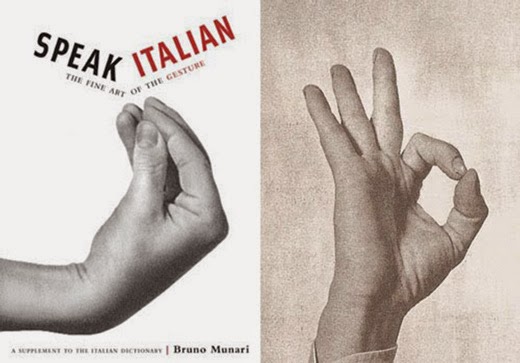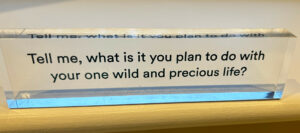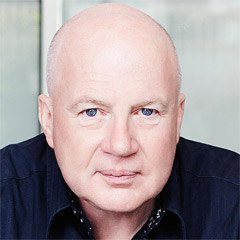According to the BBC, there are around 7,000 different languages in the world. It comes as no surprise, then, that the gestures we so often use to accompany our spoken words don’t automatically translate.
Sometimes they can even have the opposite intention, as pointed out by Bustle. Something as simple as the peace sign in the US means entirely the opposite in British countries.
Starting from the beginning, the term ‘gesticulate’ comes from the Latin ‘to gesture’ and literally means to ‘use gestures, especially dramatic ones, instead of speaking or to emphasize one’s words.’ We gesture for emphasis around certain words or a particular point we might be trying to make. It’s no coincidence that the evolution of the control of speech and hand movements have been traced back to the same area in the brain. And it’s not just for show – some of us even do it over the phone.
People use gestures to help them access memories. Sit on your hands next time you’re trying to tell a story and you might find your recall abilities are stumped. Gesturing also helps us when we’re talking about spatial concepts, like when we’re explaining how to operate something.
Some people are extreme gesticulators (check out Speak Italian: The Fine Art of the Gesture). Apparently one of the rules is to keep your gestures within the frame of your body and avoid going above your shoulder area, for fear of looking out of control. I say get out of control. Retrieve those memories and make your point. Just be weary of the humble peace sign next time you’re traveling abroad.






